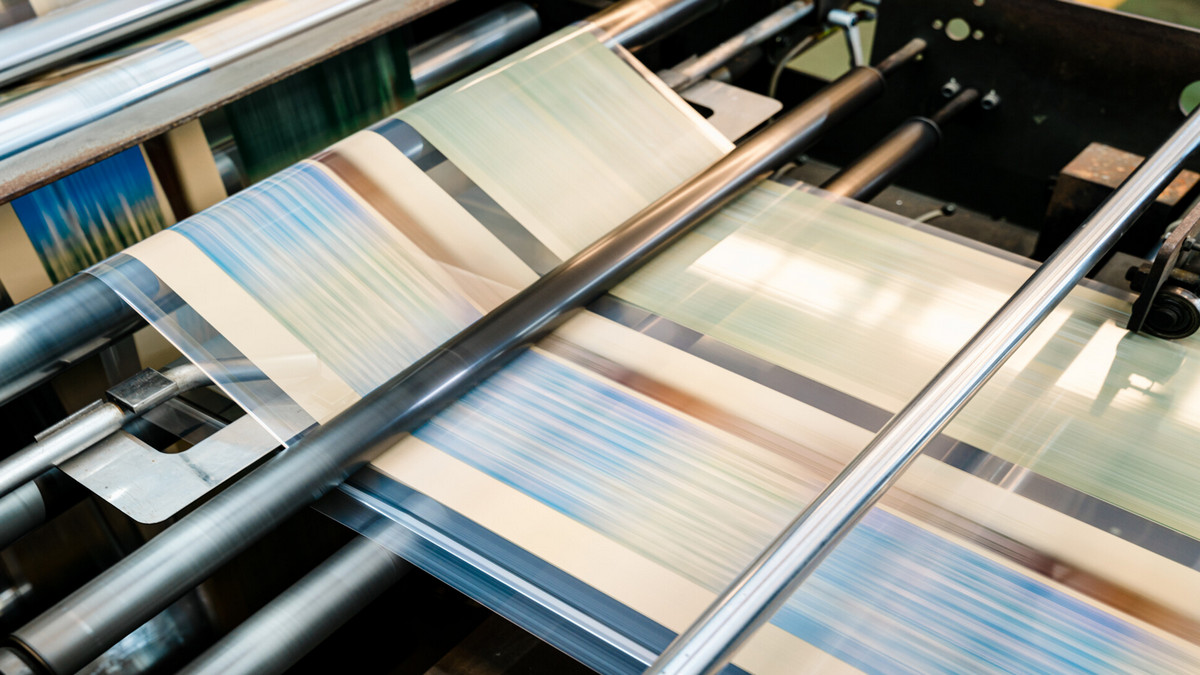Sealing machines are essential in the production of recyclable plastic bags, supporting sustainability through precision, efficiency, and compatibility with eco-friendly materials. These machines offer advanced temperature and pressure controls, which are crucial for sealing delicate bio-resins like NuPlastiQ®. Their versatility allows for the processing of various biodegradable and recyclable plastics, minimizing waste and ensuring high-quality output. Technological advancements such as automation and smart controls improve production speed and reduce energy use. By enabling the manufacture of recyclable bags, sealing machines help businesses meet environmental regulations, reduce their carbon footprint, and satisfy growing consumer demand for sustainable packaging solutions.
Introduction
As sustainability becomes a key priority in modern manufacturing, the production of recyclable plastic bags has gained significant attention across industries. Sealing machines are central to this effort, enabling the efficient, reliable, and eco-conscious production of recyclable bags. This article explores how these machines support sustainable practices through technological innovation, production efficiency, and environmental impact.
Sealing Machines and Their Critical Function in Recyclable Bag Manufacturing
Sealing machines are essential for producing recyclable plastic bags. They provide the precision and adaptability needed to work with various eco-friendly materials while ensuring production standards are met. Their ability to process biodegradable and recyclable plastics allows manufacturers to align with both consumer expectations and regulatory guidelines.
Precision and Process Efficiency
Moder is equipped with advanced controls that manage temperature and pressure with high accuracy - an essential feature when handling sensitive materials like NuPlastiQ®, a recyclable and biodegradable bio-resin. This level of control ensures strong, reliable seals that minimize product defects and waste.
Adaptability to Various Sustainable Materials
Today's sealing machines are built to process a diverse range of materials, including PLA, NuPlastiQ®, PE, PP, and their combinati. This flexibility enables manufacturers to respond to changing market preferences for eco-friendly packaging while maintaining product integrity. Whether using mono-material films or blended polymers, these machines provide the versatility required in modern production.
Minimizing Material Waste
Efficient sealing and cutting systems help reduce material loss during manufacturing. High-performance sealing machines maintain consistent quality even at high speeds, supporting optimal use of bioplastics and reducing the overall environmental footprint.
Technological Innovations in Sealing Machinery
Automation and Energy Efficiency
Automation has transformed sealing operations, allowing machines to function with minimal human input. These systems speed up production, improve accuracy, and reduce energy consumption - key factors in sustainable manufacturing.
Advanced Control Systems
Precise control over heat and pressure ensures ideal sealing conditions for delicate bio-materials, significantly reducing waste and defects during production.
Eco-Material Compatibility
Sealing machines are optimized to handle environmentally friendly plastics, enabling businesses to manufacture packaging that supports green initiatives and meets consumer demand.
Environmental and Business Impact
Environmental Benefits
By enabling the production of recyclable bags and reducing production waste, sealing machines play a direct role in lowering plastic pollution and greenhouse gas emissions.
Meeting Consumer Expectations
As more consumers prioritize eco-conscious choices, sealing machines empower companies to deliver sustainable packaging that strengthens customer loyalty and brand image.
Regulatory Compliance
With stricter global regulations on plastic usage, businesses must adopt environmentally responsible production methods. Sealing machines make it easier to comply with these regulations while remaining competitive.
Conclusion
Sealing machines are vital to the sustainable production of recyclable plastic bags. Through advanced technology, material compatibility, and operational efficiency, these machines support environmental goals while meeting market demands. As sustainability continues to shape consumer behavior and regulation, sealing machines will remain indispensable tools for businesses aiming to reduce their ecological footprint and embrace greener manufacturing practices.









.png)




